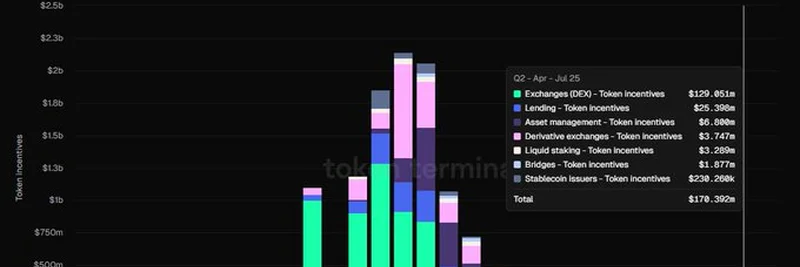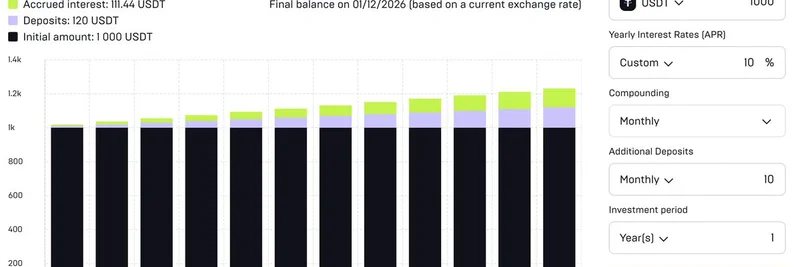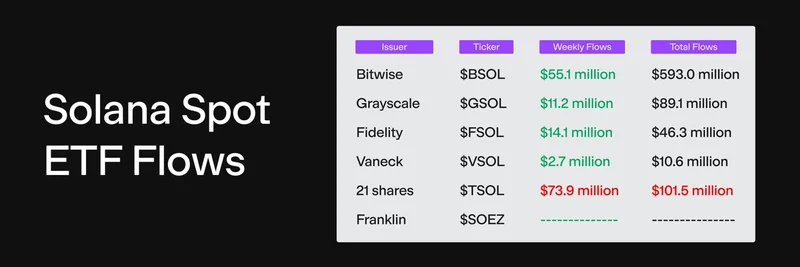Hey there, crypto enthusiasts! If you’ve been keeping an eye on the decentralized finance (DeFi) space, you’ve probably noticed some big changes lately. A recent post from exponential.fi on X dropped a fascinating insight: DeFi has moved away from its “mercenary phase” where massive token incentives were the norm. Let’s dive into what this means and why it matters for the future of blockchain.
The Big Drop in DeFi Incentives
Back in 2022, DeFi protocols were throwing around a whopping $2.3 billion in token incentives each quarter to attract users. This was especially true for decentralized exchanges (DEXs), lending platforms, and asset management projects. The idea? Lure users with rewards to boost adoption. But fast forward to Q2 2025, and that number has plummeted by over 90% to just $170 million per quarter. That’s a huge shift!
The chart shared by exponential.fi tells the story visually. You can see the peak in 2022, with tall stacks of green (DEXs), blue (lending), and purple (asset management) bars, followed by a steep decline. Today, the landscape looks very different, with DEXs still leading the pack at $129 million, while areas like bridges and liquid staking barely hit $5 million combined.
What’s Driving This Change?
So, why the sudden drop? It’s all about moving from “subsidized growth” to finding a solid product-market fit. In the early days, DeFi projects handed out tokens like candy to get people in the door. But many users were just “mercenary capital”—they’d join for the rewards and leave when the incentives dried up. This wasn’t sustainable.
Now, protocols are focusing on building products that people actually want to use, even without huge payouts. It’s a sign of maturity in the DeFi space, where the emphasis is shifting to long-term value rather than short-term hype. Think of it like a meme token project that starts with giveaways but eventually needs a real use case to survive—same principle applies here!
DEXs Still Rule the Incentive Game
One surprising takeaway? DEXs are still the biggest spenders on incentives, shelling out $129 million this quarter. That’s more than double what lending or asset management projects are paying. Why? DEXs rely heavily on liquidity and user activity to function, so they need to keep the ecosystem buzzing. Meanwhile, newer areas like bridges (connecting blockchains) and liquid staking (earning rewards on staked assets) are seeing much smaller incentive budgets, reflecting their slower growth or lower priority.
What Does This Mean for the Future?
This evolution hints at a healthier DeFi ecosystem. By cutting back on excessive token handouts, projects can focus on creating real value—whether through better user experiences, innovative features, or stronger governance. It’s a bit like how meme tokens evolve from pure hype to projects with actual utility, like community-driven governance or NFT integration.
For blockchain practitioners, this is a golden opportunity to dive deeper into sustainable token economics. Understanding how to balance incentives with long-term growth could be the key to building the next big DeFi success story. And for meme token fans, it’s a reminder that even the wildest projects need a solid foundation to last.
Check Out More Insights
Want to dig deeper? Head over to the Exponential dashboard for a treasure trove of DeFi data. It’s a great way to stay ahead of the curve in this ever-changing space.
So, what do you think about this shift? Are we heading towards a more sustainable DeFi future, or is this just a temporary dip? Drop your thoughts in the comments—we’d love to hear from you!



